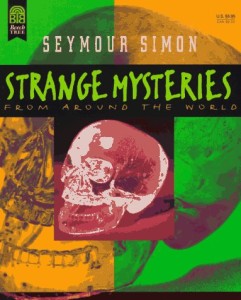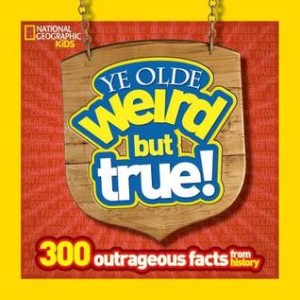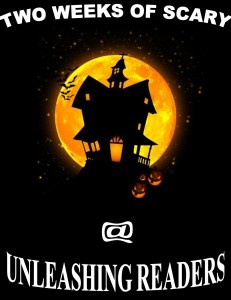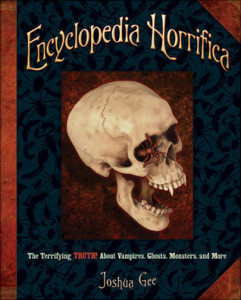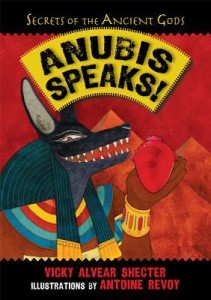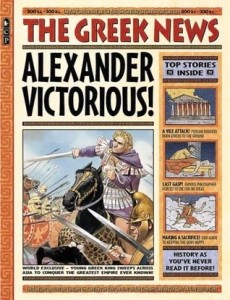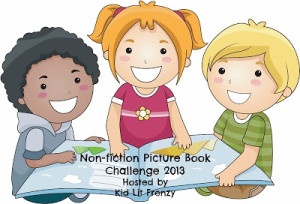
Nonfiction Picture Book Wednesday
Nonfiction Picture Book Wednesday is hosted by Kid Lit Frenzy and was started to help promote the reading of nonfiction texts. Most Wednesdays, we will be participating and will review a nonfiction text (though it may not always be a picture book).
Be sure to visit Kid Lit Frenzy and see what other nonfiction books are shared this week!
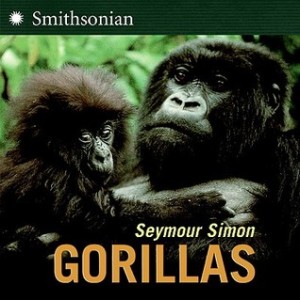


Various Animals including Gorillas, Penguins, and Cats
Author: Seymour Simon
Published: Varies
Gorillas Goodreads Summary: Classic movies show giant gorillas scaling tall buildings and swatting planes from the sky, but actual gorillas are gentle social animals that live together in family groups like humans. In fact, gorillas are one of the closest genetic matches to people. And just like humans, gorillas can shriek, chuckle, hiccup, and even burp!
Award-winning science writer Seymour Simon has teamed up with the Smithsonian Institution to bring you an updated edition of his classic full-color photographic introduction to these fascinating animals.
Penguins Goodreads Summary: Did you know that: Penguins are champion swimmers. They spend 75 percent of their lives in water. They are birds, but they can’t fly. Penguins are classified as birds because they have feathers.
Now you can explore a penguin’s world by finding out how they can swim so fast, what they eat, and why people need to protect their habitats. Acclaimed science writer Seymour Simon has teamed up with the Smithsonian Institution to take you on a journey to the Antarctic region for a close-up look at one of nature’s most beloved and sociable animals.
Cats Goodreads Summary: Cats are fascinating, complex creatures. Since cats were first tamed about 5,000 years ago, they have enchanted people with their elegant beauty and mysterious manner. But cats can also be playful and cuddly pets, death-defying acrobats, or ruthless hunters. Come along as celebrated science writer Seymour Simon explores the many faces of this beloved animal with striking full-color photographs and engaging prose.
My Reviews and Teacher’s Tools For Navigation: Seymour Simon’s books have been a hit in my classroom (I even put them on my Top Books for Struggling and Reluctant Readers list); however, I, hypocritically, had never read any of his books. I decided a couple of weeks ago that I needed to remedy this and you will see that I did based on my next couple of weeks of Wednesday reviews.
After reading the three animal books pictured/mentioned above, I can see why Simon is a favorite informational nonfiction author. His books are friendly to read yet include essential information about the animals that they are about. The books are easy to navigate and the photographs that are included are beautiful. These books are written to engage and educate the reader.
There are such a plethora of ways to use Simon’s books in the classroom. They will find love in the classroom library, they can be used in conjunction with science or social studies to get more information about a topic, or they can be used in a lit circle type environment where each group has a different Simon book and then they come together to share what they learned. They can also be used for researching as well as academic vocabulary (and even just vocabulary) instruction. Simons books are made to be used in classes and to be in students’ hands.
Discussion Questions: What was the most interesting fact you learned about _____’s habitat? Diet? Parenting? Behavior? Types?
We Flagged: “Penguins are champion swimmers and divers. But they are not fish and they are not aquatic mammals such as dolphins. Penguins are birds because they have feathers, and only birds have feathers. Like birds, they lay their eggs and raise their chicks on land. But they don’t look or fly like most other birds. Instead they seem to fly through the water, and they spend much of their lives at sea.” (Penguins p. 5)
“All cats are hunting animals. They use claws and teeth to seize their prey. When you watch a cat play with a ball or piece of yarn, it is almost like watching a tiger or a leopard stalk its prey in the wild. Even well-fed pet cats will try to catch mice or birds or insects.” (Cats p. 5)
“Gorillas are sometimes called anthropoid (manlike) apes. A gorilla has two arms and two legs, and a head and body much like a human’s head and body. A gorilla has five fingers and five toes, and thirty-two teeth. You have all of those too, and twenty-eight teeth, in about the same positions. Of course, gorillas are much harrier than people. An adult gorilla has hair all over its body except its face, its chest, and the palms of its hands and soles of its feet.” (Gorillas p. 5)
Read This If You Loved: Any informational nonfiction about animals
Recommended For:






